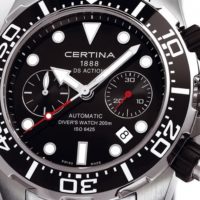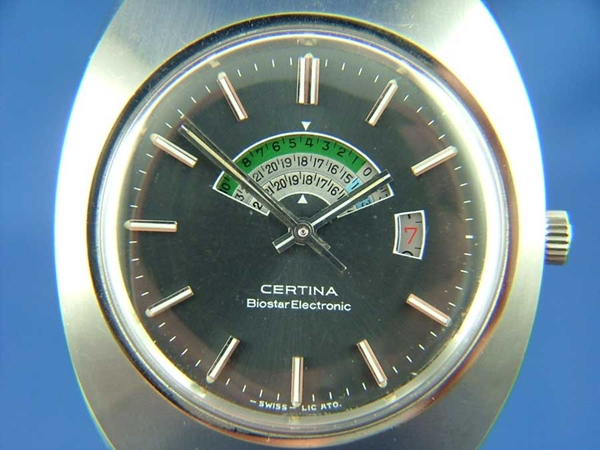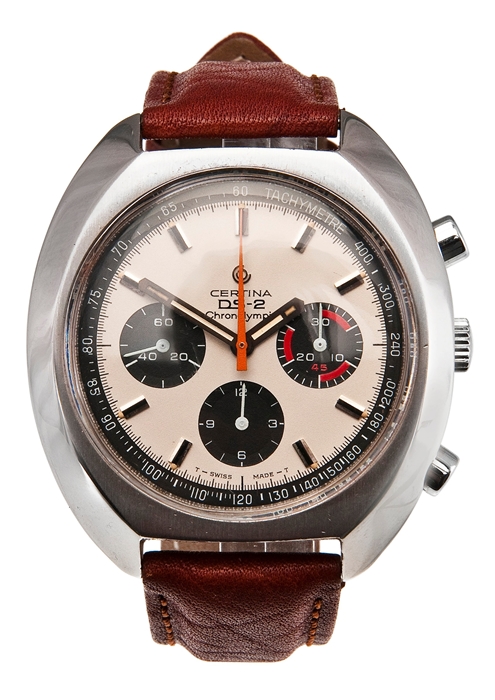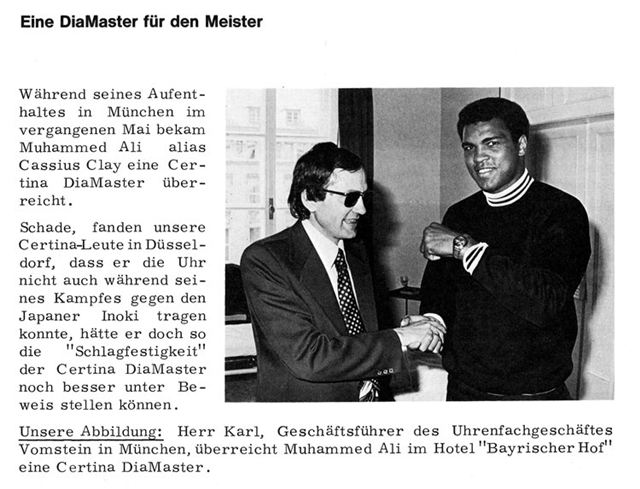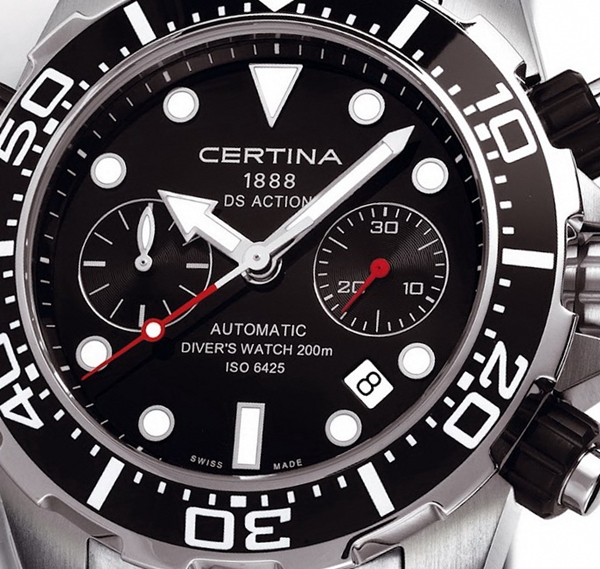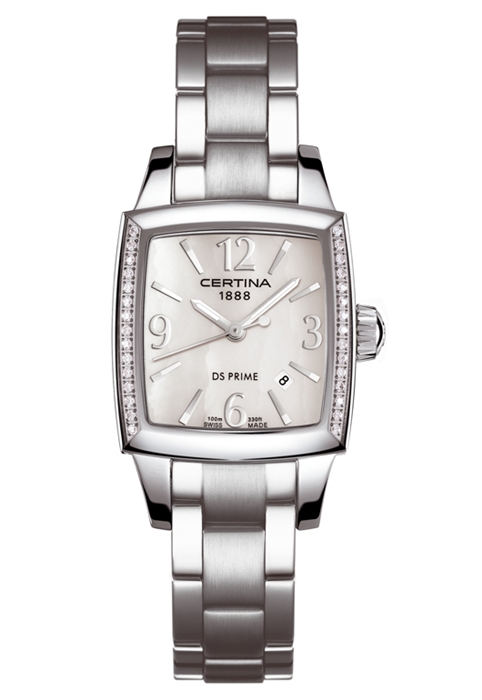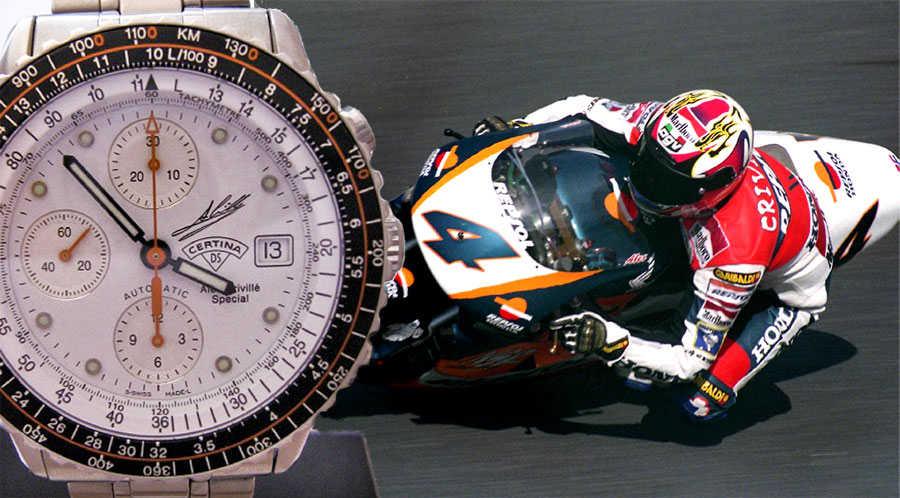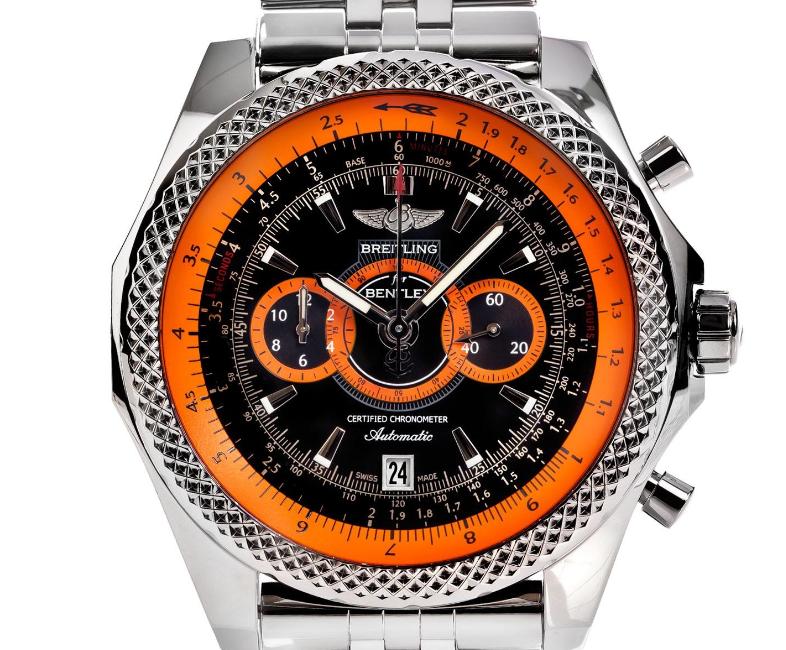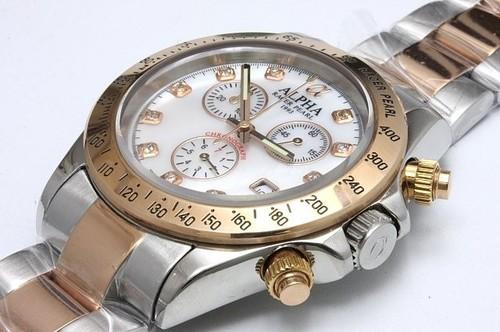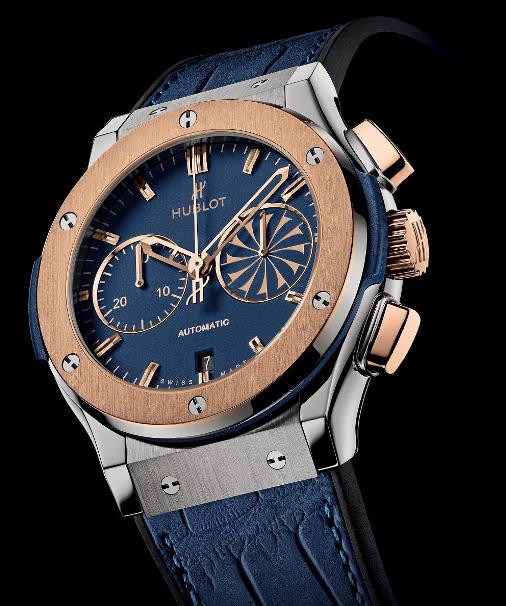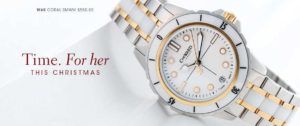This article was written and contributed by Jonathan Fairfield, a Writer and School Teacher living in Thailand.
Certina Kruth Freres SA is one of the market leaders in Swiss made mid-range sporting watches. Founded in 1888, by brothers Alfred and Adolf Kurth, the brand has a rich and interesting history and has been responsible for creating a number of watch making world firsts.
The Certina journey began in Grenchen, Switzerland where the Kurth brothers first set about making movements and supplies for the watch making industry. From a small workshop annexed to the family home, it wasn’t until 1906, when using the brand name ‘Grana’, that the brothers started to produce some of their first wrist watches. As was the fashion at the time, the idea that a man would wear a watch on his wrist would have been considered preposterous; therefore, the Grana watches were for the most part, ladies models.
1918 saw the Kurth brothers watch making operation move into a fully fledged manufacturing facility that was capable of producing every watch component, including the movements for their own Grana watch brand. By 1936, the brothers established themselves as creative pioneers in their field by creating the world’s first digital watch, which was driven by a spring movement and used rotating discs inscribed with numbers to display the time. Two years later, in celebration of its 50th anniversary, the company rebranded as Certina.
The next fifty years would see Certina become one of the world’s largest watch makers, employing over 1000 people and making in excess of 600,000 watches per year. However, this wasn’t before their ongoing period of expansion almost stopped completely, thanks in no small part to the onslaught from a Japanese watch industry that were well accomplished at making competitively priced and reliable Quartz and automatic watches.
This led the Certina board to take the step of joining General Watch Co, and its newly created sub group ASUAG. A move which was generally considered to be successful, it saw them hold onto some of their strongest markets and meant that together with other SSIH and ASUAG brands such as Tissot and Mido, they could concentrate their efforts with others in order to hold onto their market share from the continued threat faced by Japanese watch makers.
Today, Certina remains part of the Swatch Group and continues to make quality, affordable timepieces.
Certina World Firsts
Certina DS Double Safety
As well as creating the world’s first digital watch, another of Certina’s groundbreaking timepieces was its famous DS (Double Safety) collection, which was launched in 1959. The original version of the DS featured a specially suspended movement that housed inside a highly reinforced case. The DS had an air gap between the dial and the case, as well as an elastic shock absorber in addition to the conventional Incabloc shock absorber. This meant that it was able to withstand being dropped from up to 6 metres, where previous watches were set to around just over 2 metres. It was also water resistant up to 200 metres. The DS’s sheathed, extra thick Plexiglass and reinforced caseback made it a robust piece kit, with the earliest models featuring a 24-45 movement, before a newer 25-65 movement was introduced by the end of 1960. Later that year also saw Certina demonstrate just how robust the DS was by equipping a Swiss team of explorers with DS watches on their Himalayan expedition to reach the summit of Dhaulagiri, at a height of some 8167 metres, which helped the DS become epitome of extremely robust sport watches.
In 1968 the DS’ successor, the DS-2, was launched and would go onto sell nearly 300,000 pieces over the next ten years and helped to bring a new standard of shock and water resistance to the watch making industry.
Since its first release, right up to the present day, the DS collection has always remained popular, subsequently being released in a number of different versions and styles such as the DS Podium, DS Action, DS Royal and DS Rookie, to name a few.
The DS1 pictured here is the DS1 Automatic model no C006.407.16.081.00
Certina Biostar
In 1965, Certina launched the first watch that was able to read a person’s biorhythm. For those that aren’t familiar with biorhythms, this unconfirmed scientific theory was developed by an Austrian team of physiologists and doctors who claimed that a person’s life could be calculated by reading their emotional, mental and physical biorhythms (blue for emotion, red for intellect, green for fitness). This whole concept went onto become ‘big’ news in the early 1980’s, partly down to the release of the first calculators and personal computers which meant that people could calculate their biorhythms themselves.
However, some fifteen years earlier the Certina Biostar was released and remains to this day the only wristwatch that can read a person’s biorhythm. The Biostar featured a manual 28-163 movement with an additional Biorhythm mechanism. 1971 saw the release of the Biostar Electric, which featured an ESA Dynotron 9154.
All Biostar models required the owner to synchronise the watch with their date of birth in order for it to give a biorhythmic reading. Unfortunately, by the end of the 1980’s the original hype behind the Biorhtyhm concept had all but faded, which meant the interesting and innovative Certina Biostar all but faded with it.
Certina Chronolympic
Certina’s Chronolympic models were arguably the brands most successful line in chronograph watches. The first Chronolympic watch went on sale in the 1960’s just as chronograph watches really started to become popular. The early versions featured Valjoux 232, 234 and 726 manual winding movements before and automatic Valjoux 7750 version was released in 1975.
In 1970 Certina gave DS-2 Chronolympic’s to a team of Japanese climbers who were on an expedition to reach the summit of Mount Everest. This particular expedition was made famous by team member Yuichiro Miura who, after climbing to a height of nearly 8000 metres, decided to descend Mount Everest using only a pair of skis and brake parachute. It is said that during this daring ski-run, Miura reached speeds of over 160km/h and descended almost 2000 metres in approximately 2 minutes and 20 seconds. Unfortunately, Miura only stopped when he became seriously injured after losing control and tumbling down a slope for more than several hundred metres. According to Certina, the expedition highlighted how the Chronolympic could withstand even the toughest conditions and environment. However, history does not record whether Miura’s watch survived his dangerous fall!
The whole story behind Miura’s ski run is told in the Oscar winning documentary ‘The Man Who Skied Down Everest’.
Certina Diamaster
In 1975 Certina launched the Diamaster, which featured sapphire glass and a tungsten carbide case. It was said to be the world’s first un-scratchable watch. The case itself actually came from Rado and was also used in Rado’s Diastar models. The case was produced by pulverising tungsten, titan carbide and nickel in temperatures in excess of 1000c, which helped make the alloy case extremely robust, before it was polished with diamond.
Certina Diamaster’s were available with three different automatic movements. These included a 25-651 calibre, a self winding 919-1 calibre and a 29-152 tuning fork calibre, as well as a quartz version. Each version was also available in yellow, white or aubergine. There were a total of 26 models that made up the Diamaster collection. As well as men’s Diamaster’s, there were also women’s versions too.
In 1976 World Heavy Weight Champion and boxing great Muhammed Ali was chosen to be the Diamaster’s brand ambassador, which was undoubtedly quite a coup for Certina but also gave a good indication of their reputation at the time for making excellent watches.
Certina Watches Today
Certina DS Action Diver
One of the newest releases from Certina, is the 2011 DS Action Diver. It could be said that this is the brands latest attempt to try and return to its roots of creating innovative sports watches. The Action Diver is undoubtedly aimed at the more mainstream market but offers good value and diving capabilities, nonetheless. The watch is available in a couple of different styles and colours, which mainly revolve around the choice of either a metal or black strap. The watch measures 43mm and features a steel case and bezel. Whilst the look might not be altogether that original, the DS Action Diver could easily be mistaken for something a little more expensive. The watch case also features a sapphire crystal and offers water resistance to 200m. Inside the watch you’ll find an automatic Swiss ETA 2824 movement. The dial also offers great readability with its clean and functional design.
Certina Ladies Sport DS Prime
In case you thought Certina were just about bold chronographs and diving watches, they also have quite an extensive range of ladies timepieces. The watch pictured here is the ladies Sport DS Prime, which helps to show Certina’s more elegant side, with the silver tone dial being quite the eye catcher. Measuring 25mm in diameter, the rectangular shape dial features Arabic numerals and a date indicator positioned between 4 and 5 o’clock. The steel case is encrusted with diamonds on either side and is water resistant to 100m. The watch featured here is model number C004.310.11.117.01 and is powered by a quartz movement.
Certina and the Sporting World
Certina has a history of strong links with the sporting world and as mentioned, Muhammed Ali, at the height of his career, was an Ambassador for the brand. However, more recently Certina personalities are normally to be found in the world of motorsport. Stars such as Timo Glock, Robert Kubica, Mick Doohan, Sete Gibernau and Pedro de la Rosa have all at one time or another been partnered with Certina.
Certina shows an ongoing commitment to Formula 1, where it has been one of the leading partners of Switzerland’s Sauber F1 Team since 2005. The company has also worked with Oliver Keller, a Hollywood famed, Swiss Stuntman and Norwegian biathlete Ole Einar Bjorndalen, who is the most successful biathlete in the history of the sport.
